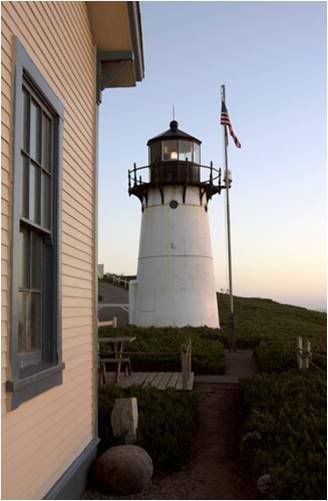
Everyone knows Mark Twain’s famous remark, “The coldest winter I ever spent was a summer in San Francisco.” While the coast near San Francisco is not really subject to the arctic temperatures Twain complained of, the climate is conducive to heavy fog, and heavy fog, as every mariner knows, is conducive to shipwrecks. For years, vessels caught in the pea soup fog along the final approach to San Francisco Bay were forced to hug the coast, putting them in danger of the rocky outcroppings that provide beautiful vistas to sightseers, but prove deadly to boats. Although by the mid-1800s almost 90 vessels had met the business end of the jagged rocks off Montara, it wasn’t until two high profile incidents in 1868 and 1872 that Congress was finally propelled into action.
On November 9, 1868, the Colorado, a large Pacific Mail steamship carrying hundreds of passengers and the US mail, ran aground on the unseen shoals off Point Montara. Although the ship eventually floated free and all the passengers—and the mail—survived, the near disaster left its mark on public sentiment. The ledge where the ship had run aground, formerly called Uncle Sam, became known as “Colorado Reef”. Four years later another ship caught on Colorado Reef was not as lucky. On October 17, 1872, the British sailing ship Aculeo collided with the rocks after being lost for more than three days in blinding fog. As the ship cracked open and filled with water, the crew made its escape on lifeboats. For over a week, the abandoned ship was pounded by waves before a salvage crew could get to it.
Photo Text & Copyright www.Lighthousefriends.com
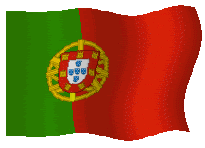


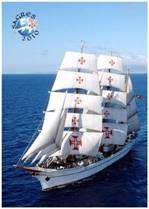





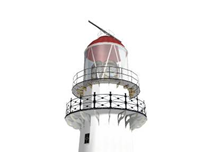













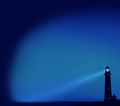


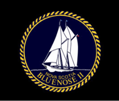

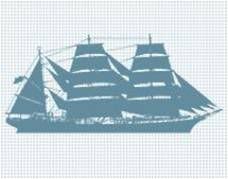
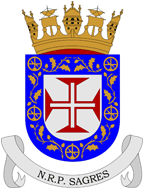
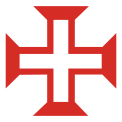
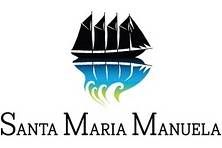
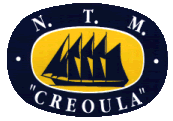

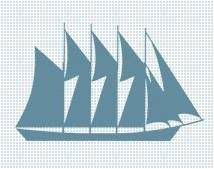
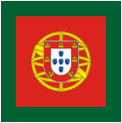
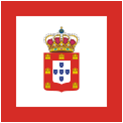
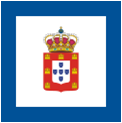
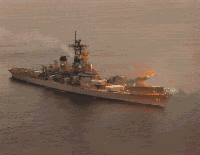


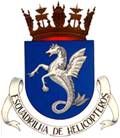
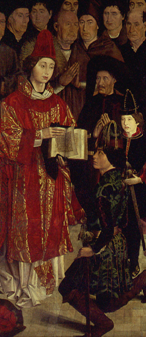
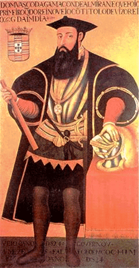
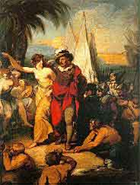






























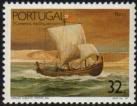
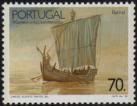


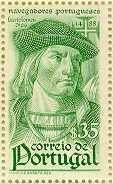


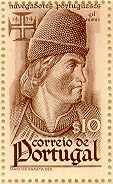

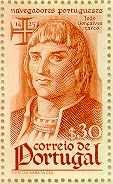
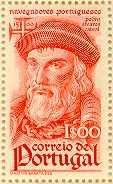
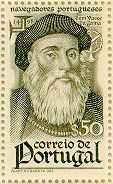
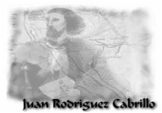
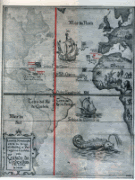
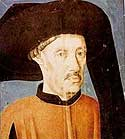


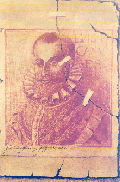
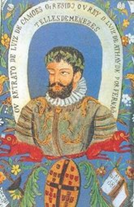
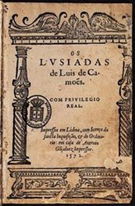
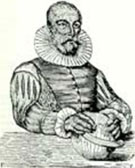

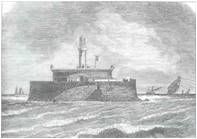



































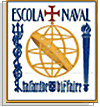
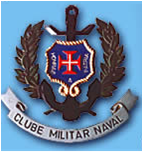






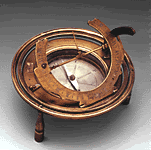
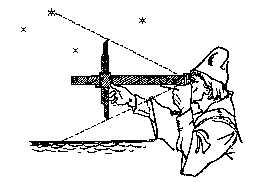










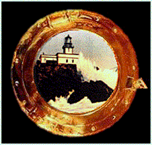


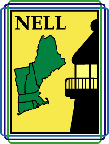


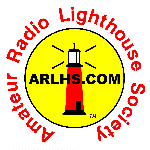


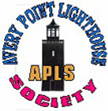



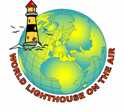
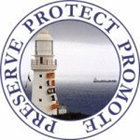
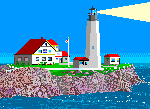




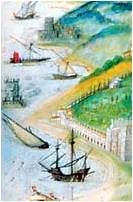
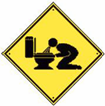
Sem comentários:
Enviar um comentário